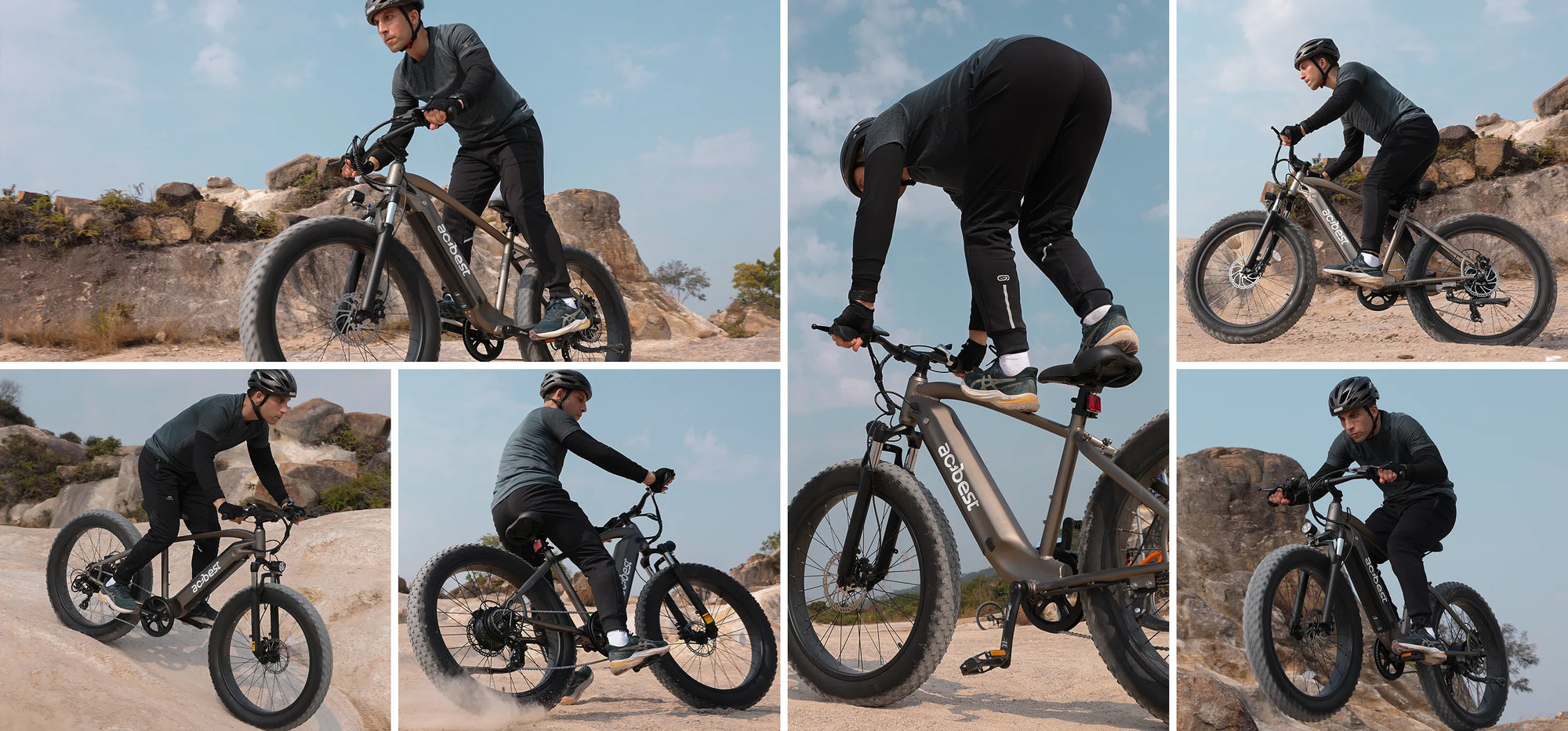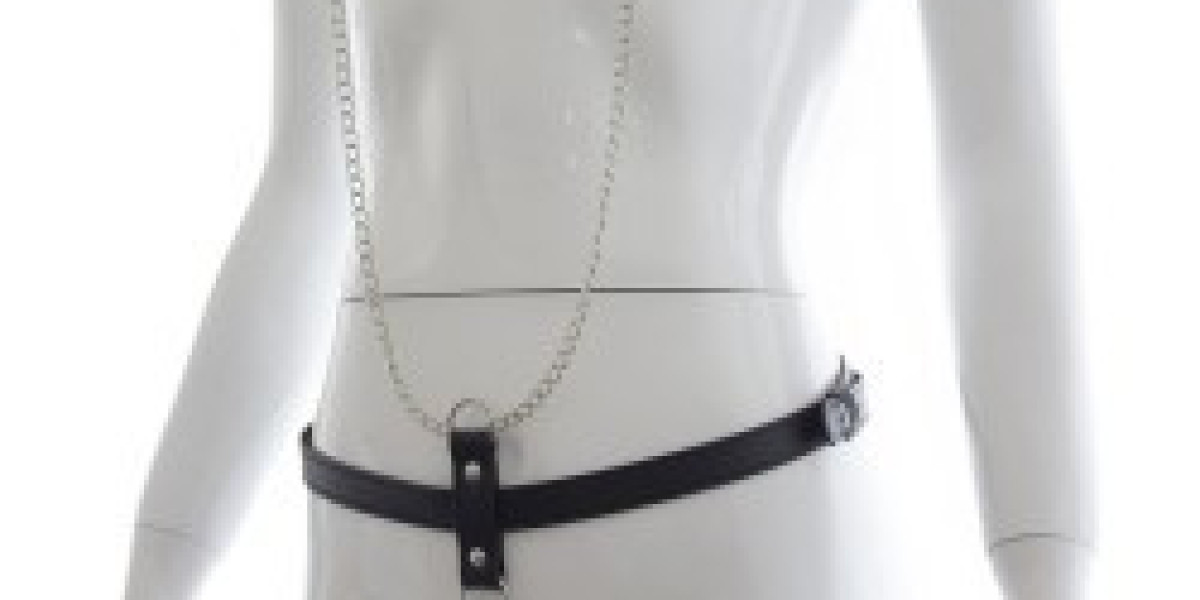Unleash Your Adventure: Discover the Ultimate Mountain E-Bike Experience!
Mountain e-bikes have taken the outdoor adventure community by storm, captivating both seasoned cyclists and newcomers alike. The fusion of traditional mountain biking with electric assist technology allows riders to tackle challenging terrains with ease and confidence. Whether you're a weekend warrior or a passionate trailblazer, the enhanced performance offered by mountain e-bikes transforms every ride into an exhilarating experience. Imagine cruising up steep inclines without the exhaustion, or effortlessly navigating rocky paths that once seemed daunting. With their growing popularity, it's essential to explore the various options and features available in the market, empowering you to make the best purchase decision tailored to your adventure needs.

Understanding Mountain E-Bikes
A mountain e-bike is a specialized type of bicycle that combines the functionalities of a traditional mountain bike with an integrated electric motor. This unique design provides an extra boost of power, making it easier to climb hills and tackle rough terrain. Unlike standard mountain bikes, which rely solely on human pedaling, mountain e-bikes feature components such as a rechargeable battery and a sophisticated motor system that offers varying levels of assistance. The frame design is often reinforced to accommodate the added weight of the motor and battery, ensuring durability and stability during rides. Whether you're traversing rocky paths or cruising through wooded trails, understanding these distinctions is crucial for selecting the right e-bike for your adventures.
Key Features to Consider
When choosing a mountain e-bike, several key features can significantly impact your riding experience. Motor power is paramount; typically measured in watts, a higher wattage translates to more torque and better performance on steep climbs. Battery life is equally important; look for options that offer sufficient range for your planned rides, ensuring you won't be stranded mid-trail. Suspension type, whether hardtail or full suspension, affects comfort and control on uneven terrain. Hardtails are lighter and more efficient for climbing, while full-suspension models provide superior shock absorption. Lastly, consider the weight of the bike itself, as a lighter frame can enhance agility and ease of handling, particularly when maneuvering through challenging trails. Each of these features contributes to a mountain e-bike's overall performance, shaping your adventure experience.
Comparing Different Models
The market offers a variety of mountain e-bikes that cater to different riding preferences and styles. Two primary categories are hardtail and full-suspension models. Hardtail mountain e-bikes, characterized by their front suspension and rigid rear end, are generally lighter and more efficient for climbing. They excel on smoother trails and are often more affordable. On the other hand, full-suspension mountain e-bikes feature suspension systems on both the front and rear, providing enhanced comfort and control on rugged terrains. While they tend to be heavier and pricier, they offer superior handling on rocky and bumpy paths. Each type has its advantages and disadvantages, making it essential to assess your riding style and the terrains you'll encounter when comparing models.
Choosing the Right Size and Fit
Finding the right size and fit for a mountain e-bike is crucial for both comfort and performance. An ill-fitting bike can lead to discomfort during rides, reducing your overall enjoyment. As a general rule, your height and inseam measurements should guide your size selection, and different brands may have their sizing charts. It’s advisable to take a test ride before purchasing; this allows you to assess the bike's fit and feel. Pay attention to factors such as reach, standover height, and overall riding posture. A well-fitted e-bike will enhance your control and confidence on the trails, allowing you to fully enjoy the adventure ahead.
Maintenance and Care Tips
To ensure the longevity and optimal performance of your mountain e-bike, regular maintenance is essential. Start with battery care; always follow the manufacturer's recommendations for charging and storage, as proper handling can significantly extend battery life. Tire maintenance is another crucial aspect; check your tire pressure regularly and inspect for wear and damage to ensure safety and performance. Additionally, schedule regular inspections of the bike's brakes, gears, and suspension components to catch any issues early. A well-maintained mountain e-bike not only performs better but also enhances your overall riding experience, allowing you to focus on the thrill of the adventure.
Choosing Your Perfect Mountain E-Bike
In summary, mountain e-bikes offer an incredible way to elevate your outdoor adventures, combining the thrill of cycling with the ease of electric assistance. Understanding the unique features, comparing different models, and ensuring the right fit will empower you to make an informed decision. As you explore your options, consider your riding preferences and the terrains you'll conquer. Embrace the journey ahead, and find the perfect mountain e-bike that will enhance your explorations, providing you with unforgettable experiences on every trail.








